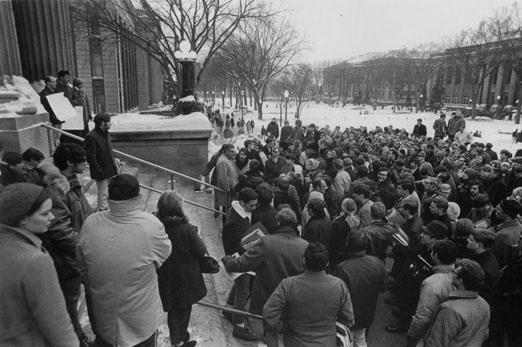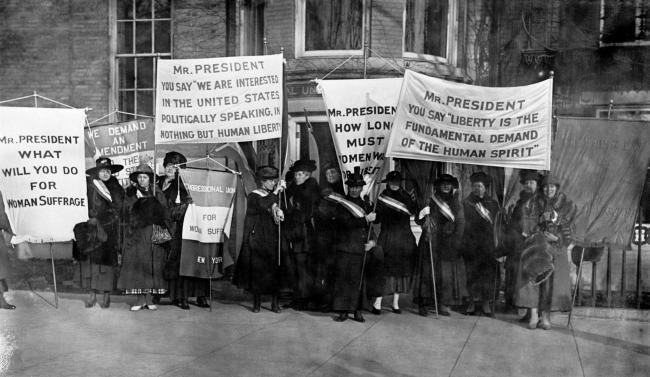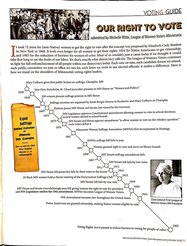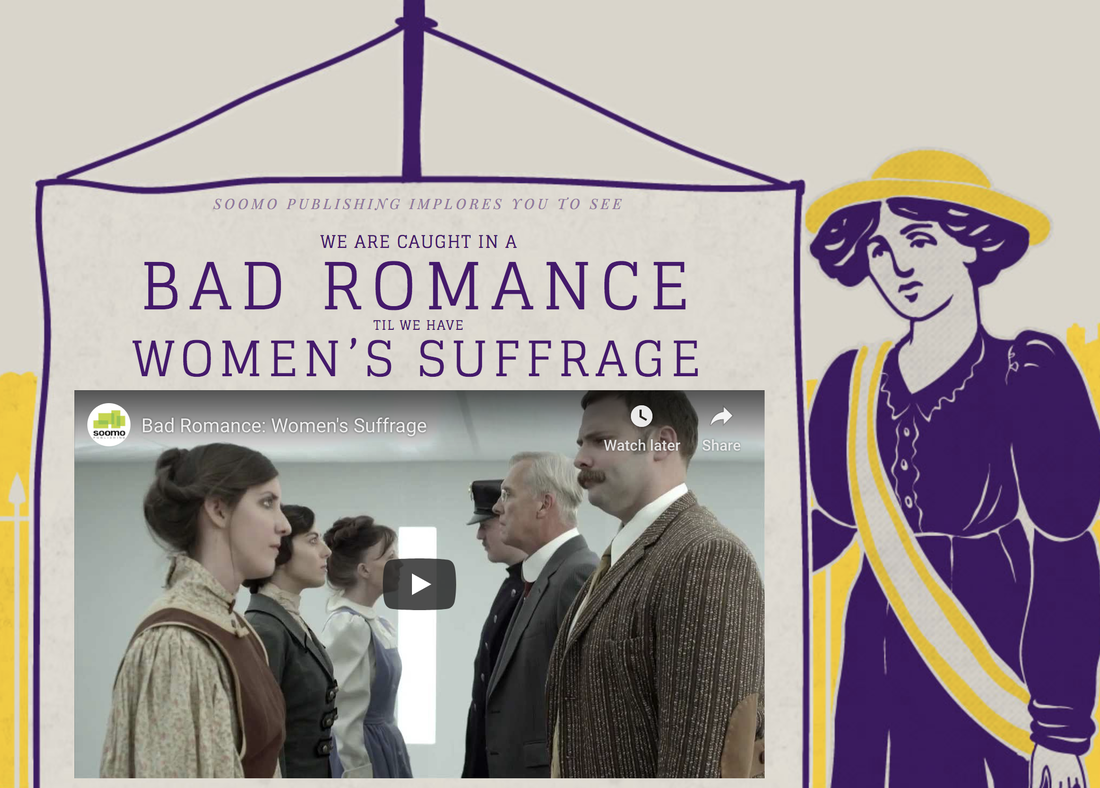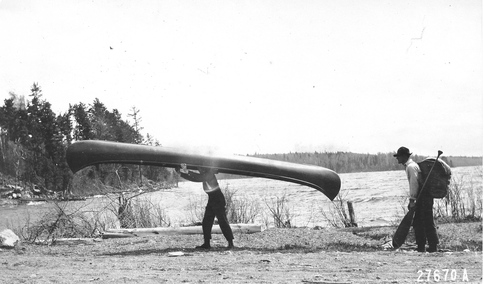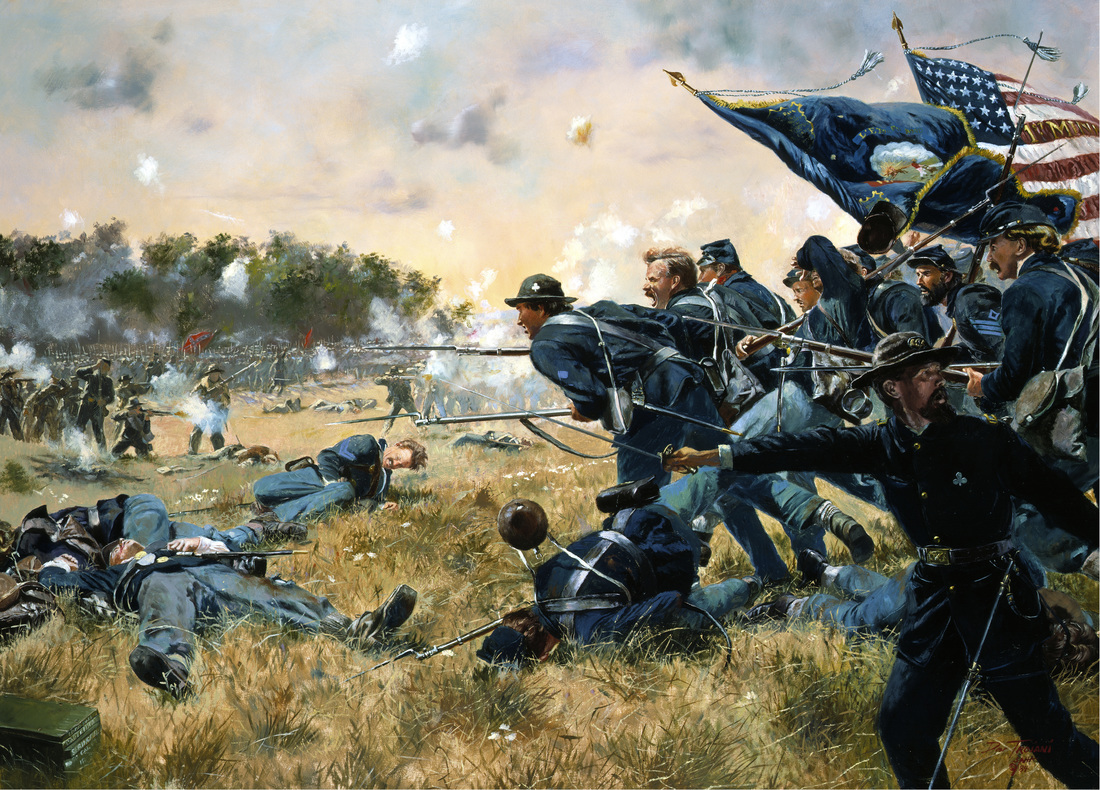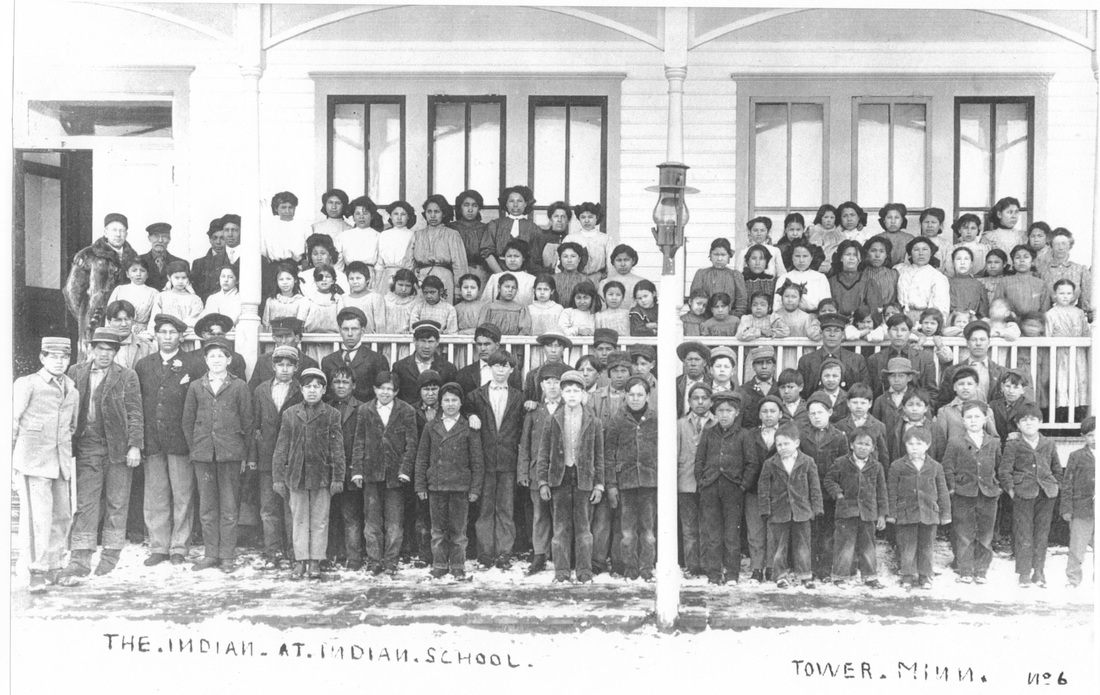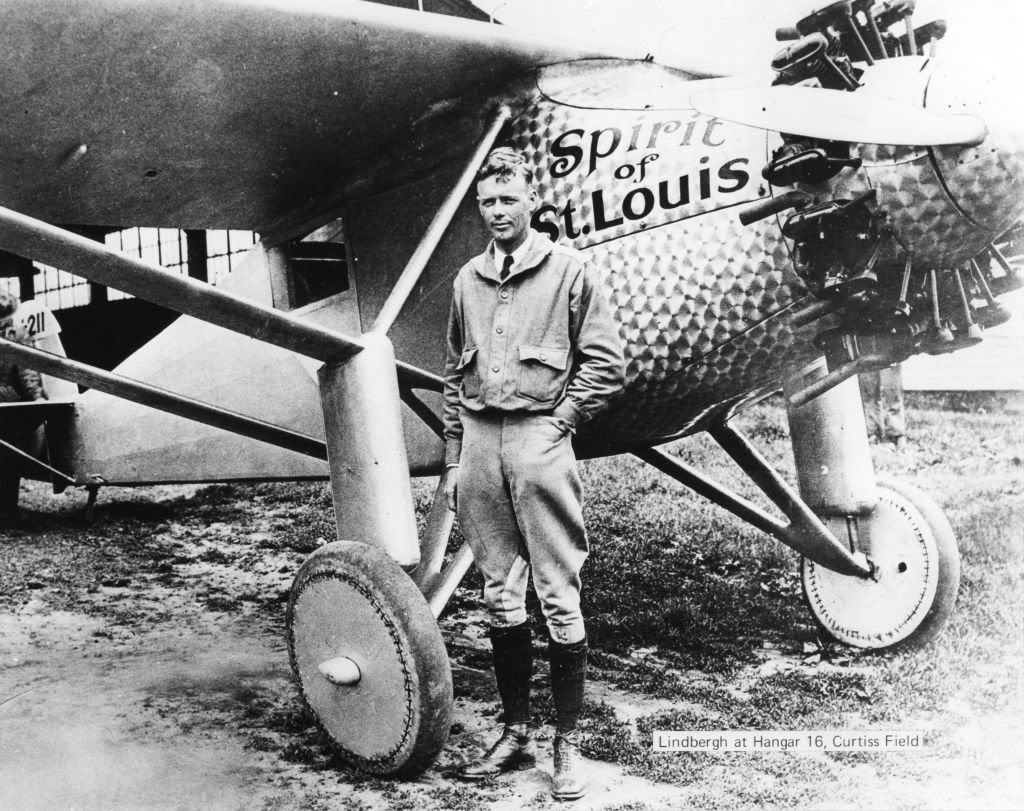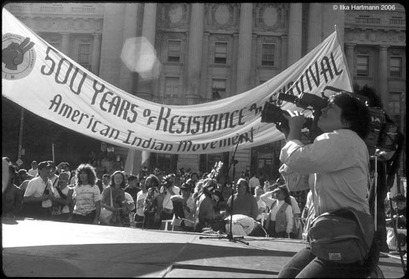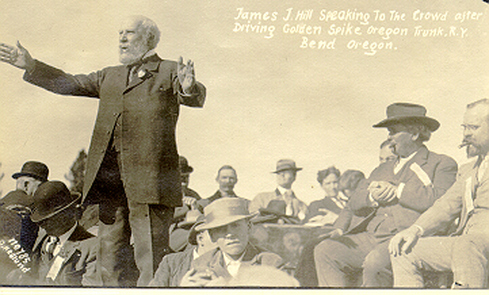6th Grade Historical Inquiry Research Project Topic List for the Theme:
"Turning points in history"
There are SEVERAL topics to choose from so keep scrolling to see them all!
AFRO-AMERICAN ACTION COMMITTEE at the university of minnesota
Topic: Inspired by the successes of the Civil Rights movement, university of minnesota students in the Afro-American Action Committee (A.A.A.C.) organized a protest against the university of minnesota leadership to change discriminatory policies and create equal opportunities at the University of Minnesota to create a better university for students of color. |
Keywords to search with:
right to protest/speech/press, 14th amendment (and also 13th/15th amendments), civil rights bill 1964, voting rights act 1965, brown vs board, MN right to education
right to protest/speech/press, 14th amendment (and also 13th/15th amendments), civil rights bill 1964, voting rights act 1965, brown vs board, MN right to education
|
Background
Many Minnesotan's explored different roles in the United States Civil Rights Movement including: Hubert Humphrey who gave a famous speech on the subject in 1948. and Roy Wilkins who was a founder of the N.A.A.C.P. in 1909. Minnesotans participated in the 1963 March on Washington and fought for passage of the Civil Rights Act of 1964 and Voting Rights Act of 1965. |
Build-Up
After the assassination of Martin Luther King, Jr.several African-American students at the University of Minnesota start the Afro-American Action Committee (AAAC) In 1969, the AAAC of the University works to have better equality and opportunities at the college by writing to the U of M President asking for improvement |
Heart
The demands of the AAAC are not given strong attention by the leaders of the University of Minnesota, so a group of AAAC students peacefully “take-over” the U of M President’s office in Morrill Hall for several days. The students meet with University leadership and refuse to leave until U of M leaders agree to work to solve the problems identified by students. |
|
Impact
The students of the AAAC and leadership of the U of M meet in the months and years after the protest (debate) to provide better opportunities for African American students including the creation of African American, African Studies Department and other sweeping changes at the University of Minnesota |
Change
Many AAAC leaders become professors at the University of Minnesota in the African Studies Department and continue to take a stand for equal rights at the college. Issues remain about racial diversity and equality at the University of Minnesota and other colleges. What are people doing today? |
|
Take good notes on your subjects using the quality sources listed below!
|
Even more sources about the AAAC
The minnesota women suffrage association push for suffrage (the right to vote) for women
Possible Keywords
19th amendment, 15th amendment (african american right to vote), state’s granting votes to women (wyoming first state at turn of century), property/family ownership rights, right to protest/speech/press, women's suffrage
19th amendment, 15th amendment (african american right to vote), state’s granting votes to women (wyoming first state at turn of century), property/family ownership rights, right to protest/speech/press, women's suffrage
|
Background
Women and men create a Declaration of Sentiments at the national convention at Seneca Falls, New York in 1848. This begins a national suffrage movement. |
Build-Up
After decades of pushing for women's suffrage, national organizations like the National Women's Party step up the fight. Minnesota women take a stand in the movement by forming groups to fight for suffrage including the Minnesota Women's Suffrage Association led by Clara Ueland |
Heart
The 19th Amendment is passed by Congress and sent to the states for ratification. Minnesota is the 15th state to ratify 19th amendment. A year later the national Amendment passes. |
|
Impact:
Clara Ueland and other Minnesota women create organizations like the League of Women Voters to continue to take a stand and fight for equal rights for women. |
Change
The League of Women Voters protects women's right to vote over the following decades and in the 1940s, 50s, 60s and 70s, its members help lead the national feminist movement to push for additional equal rights for women. |
|
Take good notes on your subjects using the quality sources listed below!
|
Good video about Minnesota's role in the suffrage movement
|
MORE SOURCES ON MN WOMEN AND SUFFRAGE MOVEMENT
ernest oberholtzer & conservationists work to preserve boundary waters canoe area wilderness
Possible Keywords
environmental movement, wilderness act, boundary waters canoe area wilderness, protection of land, conservation, leave no trace, shipstead-newton-nolan act
environmental movement, wilderness act, boundary waters canoe area wilderness, protection of land, conservation, leave no trace, shipstead-newton-nolan act
Topic: advocates for wilderness preservation prevented the damming of lakes in the border waters and urged the MN Legislature and congress to establish legal protections to conserve the natural beauty by passing several laws including the 1964 wilderness act and the 1978 boundary waters canoe area wilderness act. these laws have kept the area natural with strict protections in place for human use. |
|
Background: As the United States expands westward, lots of native forests and lakes are permanently changed. Northern Minnesota is heavily logged and dams are built on some rivers with more planned by developers like Edward Backus. In 1925, Oberholtzer gets involved in a movement exploring ways to stop plans to build dams on rivers in northern Minnesota. Along with others, he forms the Quetico-Superior Council.
|
Build-Up: Oberholtzer and others work to prevent development in the land that would become the Boundary Waters by exchanging ideas through letters, meeting with lawmakers, and making people aware of the problem. In 1930, Congress passes the Shipstead-Newton-Nolan Act--it is the first statute (law) in U.S. history where Congress orders land be protected as "wilderness" and specifically protects land in the boundary waters.
|
Heart: Inspired by Oberholtzer, other conservation organizations are formed and push for passage of further protections of the wilderness between the U.S. and Canada known as the Boundary Waters and the Superior National Forest. In 1964 the Wilderness Act is passed to protect a large area of northern Minnesota.
|
|
Impact: The land is more protected from motorized watercraft and human settlement with the creation 1978 Boundary Waters Canoe Area Wilderness Act .
|
Change: The 1978 Act has been updated and adjusted to account for changing times. In the 21st Century, the BWCAW faces new challenges from mining companies.
|
Take good notes on your subjects using the quality sources listed below!
|
WATCH THIS SALK STUDENT PRODUCTION THAT TOOK 3RD PLACE AT STATE HISTORY DAY IN 2020
|
MINNESOTA'S FIRST VOLUNTEER INFANTRY REGIMENT PLAYS KEY ROLE IN 1863 BATTLE OF GETTYSBURG
TOPIC: on july 2, 1863, during the second day of the battle of gettysburg, the first MINNESOTA VOLUNTEER INFANTRY REGIMENT stopped the confederate army from breaking the union army line. THIS WAS CRUCIAL IN SECURING A VICTORY IN THE BATTLE AND TURNed THE TIDE OF THE CIVIL WAR in favor of the united states.Possible Keywords
Civil War, Gettysburg, Union Army of the Potomoc, Abraham Lincoln, Gettysburg Address, First Minnesota Volunteer Infantry Regiment, General Ulysses Grant, General Robert E. Lee |
|
Background: At the beginning of the Civil War, Minnesota Governor Alexander Ramsey pledges 1,000 men from Minnesota to serve in the U.S. Army to show how dedicated this new state was to the country it just joined
|
Build-Up: The First Minnesota Volunteer Infantry Regiment is created and gets the reputation of being a tough regiment of soldiers fighting in the early Civil War battles of First Bull Run and Antietam.
|
Heart: The Civil War becomes more brutal and bloodier than anybody expected and the 1st Minnesota plays a major role in the most pivotal battle in the war--the Battle of Gettysburg. Over two days, the 1st Minnesota holds off a Confederate charge at Cemetery Ridge and helps stop Pickett's Charge, ending the Battle of Gettysburg with a victory for the Union.
|
|
Impact: The Battle of Gettysburg was a turning point in the Civil War even though t lasted for two more years before the Confederacy surrendered to the Union. Four months after the battle, Abraham Lincoln memorialized the battle in his Gettysburg Address.
|
Change: The 1st Minnesota fought at a few more battles but eventually had to be sent back to Minnesota where they received a heroes welcome. The end of the Civil War brought major change to the United States and Minnesota.
|
|
Take good notes on your subjects using the quality sources listed below!
Northern Lights:
|
|
|
AMERICAN INDIAN BOARDING SCHOOLS
Possible Keywords
boarding schools, Carlisle School, Progressive Movement, treaty rights, sovereignty, right to education, state responsibility to educate, parents responsibility to educate, “kill the savage, save the man”, American Indian Movement, Indian Reorganization Act, Codetalkers
boarding schools, Carlisle School, Progressive Movement, treaty rights, sovereignty, right to education, state responsibility to educate, parents responsibility to educate, “kill the savage, save the man”, American Indian Movement, Indian Reorganization Act, Codetalkers
|
Background: As the United States spreads west and American Indians are forced to sign treaties removing them from their lands and putting them onto reservations. Many die from the moves and battles to keep their land. Further complications arise and living conditions on the reservations are horrible.
|
Build-Up: Different organizations explore the idea of creating boarding schools where American Indian children are forcibly sent away from their family to be taught non-American Indian ways. The Carlisle Indian School is the first boarding school in Pennsylvania. The White Earth Indian School is the first boarding school in Minnesota.
|
Heart: Once at boarding schools, American Indian children encounter harsh conditions and are forced to forget the culture of their families. These children also encounter having to learn a new language, a new way of living, and a system where they have limited opportunities.
|
|
Impact: Thousands of children grow up into adults not knowing their culture, language, and heritage. At the same time, many of these children sent to boarding schools return to their families and exchange ways to make improvements and fight for better conditions. They also lead a movement to restore those lost traditions and teach children of the newer generations about their native culture, language and ways of life.
|
Change: The American Indian Movement begins in the 1970s led by many adults who had grown up in boarding schools. Among the goals of the Movement is to create "Survival Schools" for American Indian children that will teach them their culture, language and heritage. Survival schools are built and programs are created to teach all children about American Indian culture, language and heritage.
|
Take good notes on your subjects using the quality sources listed below!
|
|
CHARLES LINDBERGH AND THE FIRST SOLO TRANS-ATLANTIC FLIGHT HELPS TRANSFORM THE INDUSTRY OF AIR TRAVEL
Possible Keywords
Transatlantic Flight, aviation history, Charles Lindbergh, airmail, barnstorming
Transatlantic Flight, aviation history, Charles Lindbergh, airmail, barnstorming
|
Background: The Wright Brothers become the first people to fly an airplane in 1903, beginning a new form of transportation. Planes get their first uses in war and mail delivery.
|
Build-Up: Charles Lindbergh becomes a pilot putting on barnstorming exhibitions and working as an airmail pilot in the early days of the aviation industry.
|
Heart: Answering the challenge to be the first person to fly across the Atlantic Ocean, Charles Lindbergh successfully overcomes technical and weather challenges to make the flight and becomes an international sensation. He breaks the barrier of transatlantic solo flight.
|
|
Impact: Lindbergh returns home to the United States and goes on a series of tours across the country promoting aviation.
|
Change: The aviation industry grows into a massive system of transporting people and goods.
|
|
Take good notes on your subjects using the quality sources listed below!
|
|
THE american indian movement FORMS TO FIGHT FOR INDIGENOUS equal rights
Keywords to search with:
right to protest/assemble, treaty rights, sovereignty, fight for “forgotten” treaties, stay on land as promised, US responsible for reservations
right to protest/assemble, treaty rights, sovereignty, fight for “forgotten” treaties, stay on land as promised, US responsible for reservations
|
Background: The policy of the United States government regarding American Indians in the 1950s and 60s is one of termination and assimilation leading many to abandon their communities, disconnect with their culture, and lose rights guaranteed in treaties.
|
Build-Up: American Indians encounter very poor conditions due to treaties not being honored, massacres like the one at Wounded Knee and the United States not living up to its responsibilities to American Indians on (and off) reservations.
|
Heart: A group of American Indians from around the country meets in Minneapolis in 1968 and form the American Indian Movement organization to explore a fight for equal rights and renew the right for treaty rights that were never fully honored. Early protests include the occupation of a building at the MN airport
|
|
Impact: AIM helps educate many American Indians who begin fighting for treaty rights by protesting and also by filing lawsuits. Living conditions on reservations improve slightly though many problems still remain.
|
Change: Across the country, American Indians take a stand for a policy of self-determination to secure rights guaranteed in treaties but not previously honored by state governments.
|
|
Take good notes on your subjects using the quality sources listed below!
Lots of good resources here including primary and secondary sources...be sure to click the tabs on top |
|
creating equal education opportunities for women through title ix
Topic: kathy streibel is among many Minnesota girls and women who contribute to the national movement to break the barrier of equal education opportunities for females through lawsuits and laws like Title IX of the 1964 Civil Rights Act and state laws like the "Kahn Act" of 1975. |
A short TED-ED video about Title IX
|
Possible Keywords
proportionality, sports, feminism, title ix, women's sports, history minnesota, women's athletics, gender discrimination sports
proportionality, sports, feminism, title ix, women's sports, history minnesota, women's athletics, gender discrimination sports
|
Background: Minnesota women are leaders in a national movement throughout the 1950s, 60s, 70s to create equal opportunities for women and begin achieving some success.
|
Build-Up: In 1971, Minnesotan Kathy Striebel wins files a complaint with a city office and is allowed to participate in high school swimming as a member of the boys team (no girls team yet until 1975).
|
Heart: In 1972, Congress adds to the Higher Education Act of 1965 a part called Title IX that provides for equal opportunities in education for female students. Also in 1972, three women are elected to the House of Representatives of the Minnesota Legislature.
|
|
Impact: In 1975, the Minnesota Legislature passes the "Kahn Act" that creates equal opportunities for women in school athletics. That same year Striebel is allowed to swim for the first girls swim team.
|
Change: Title IX continues to be amended and enforced, even through lawsuits, to provide equal opportunities for women to participate in sports and other educational experiences.
|
Take good notes on your subjects using the quality sources listed below!
|
Northern Lights:
|
|
|
Short video by the WNBA about Title IX
|
Possible Keywords
Railroad Baron, transcontinental railroad, westward expansion, monopoly, anti-trust, growth of railroad industry, James J Hill
Railroad Baron, transcontinental railroad, westward expansion, monopoly, anti-trust, growth of railroad industry, James J Hill
Build-Up: James J. Hill is an up and coming entrepreneur who works to acquire the almost bankrupt St. Paul and Pacific Railroad in 1878. He wants to profit from westward expansion and growth of the railroad industry.
Heart: Over the next two decades, James J. Hill turns the St. Paul and Pacific Railroad into powerful and expansive Great Northern Railroad. It's such a strong company that it is the only transcontinental railroad to survive the economic depression of 1893.
Impact: In 1901 James J. Hill joins with J.P. Morgan and E.H. Harriman to form the Northern Securities Company and control most of the nation's railroads. Hill encounters a legal fight with Minnesota's Governor and the President who try to break-up the monopoly. Railroads continue to grow around the country as the leading means of transportation.
Heart: Over the next two decades, James J. Hill turns the St. Paul and Pacific Railroad into powerful and expansive Great Northern Railroad. It's such a strong company that it is the only transcontinental railroad to survive the economic depression of 1893.
Impact: In 1901 James J. Hill joins with J.P. Morgan and E.H. Harriman to form the Northern Securities Company and control most of the nation's railroads. Hill encounters a legal fight with Minnesota's Governor and the President who try to break-up the monopoly. Railroads continue to grow around the country as the leading means of transportation.
Take good notes on your subjects using the quality sources listed below!
